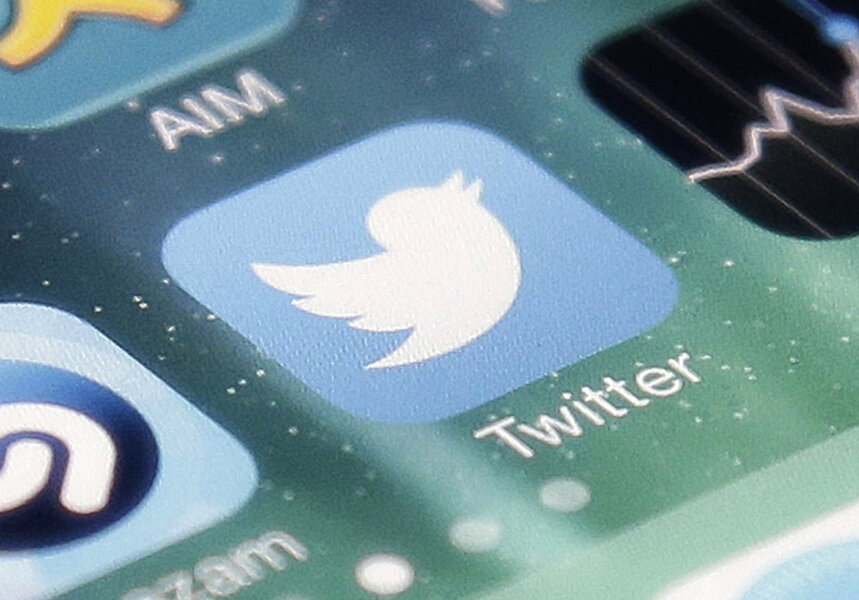How Twitter made it easier to report abuse
Loading...
Twitter is cracking down on #abuse.
The social media platform has unveiled a new tool to make reporting abusive Twitter accounts simpler. It will allow users to to report multiple tweets at the same time.
Previously, Twitter's reporting tool was cumbersome and time-consuming. Each abusive tweet had to be reported individually. With the new improvement, a user wanting to report abuse from a single account can attach multiple tweets to the report as evidence.
The development is the latest sign that Twitter is serious about a stated desire to rid the social media platform of trolls, users who torment others, and abuse.
"We want everyone on Twitter to feel safe expressing themselves," Twitter Safety Engineer Hao Tang wrote in a blog post Monday. "Behavior that crosses the line into abuse is against our rules and we want it to be easy for you to report it to us."
Doxing, trolls, and abuse have been a consistent issue over the eight-year life of the social media platform. Then-chief executive officer of Twitter Dick Costolo admitted as much in February 2015 in an internal memo obtained by The Verge.
We [are bad] at dealing with abuse and trolls on the platform and we've [been bad] at it for years. It's no secret and the rest of the world talks about it every day. We lose core user after core user by not addressing simple trolling issues that they face every day....
We're going to start kicking these people off right and left....
Mr. Costolo departed Twitter just a few months after issuing the memo, but the promise to start doing more to regulate abuse appears to have stuck.
Under new chief executive officer Jack Dorsey in December 2015, Twitter updated its rules to highlight that the company "will not tolerate" online behavior that crosses the line to abuse, according to Wired.
In February 2016, Twitter followed up by creating a Trust & Safety Council that includes 40 organizations, including National Domestic Violence Hotline and the Anti-Defamation League, The Christian Science Monitor reported. The council will be used to gain feedback on new products, features, policies, and programs aimed to curb the spread of bullying and could point to a long-term plan.
But cutting down on mean-spirited users isn't easy, the company points out.
Logistically, there are "hundreds of millions of Tweets sent per day," and with so much content being produced it's tricky to set up procedures to properly evaluate whether abuse reports are being reported incorrectly or if reported tweets really should be classified as abuse, Patricia Cartes, head of Global Policy Outreach at Twitter, said in a blog post at the beginning of the year.
And likewise, the Internet, which made Twitter popular, is often sensitive to proposed censorship.
"Any attempt to enforce civility in Twitter's free-wheeling Wild West-like marketplace of ideas could backfire, some experts say, and actually send many core users elsewhere," The Christian Science Monitor’s Harry Bruinius wrote in February 2015.






